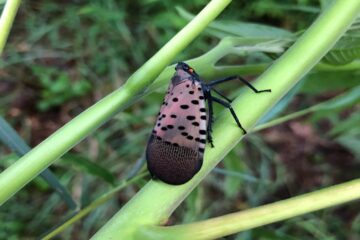The importance of plants to watershed health
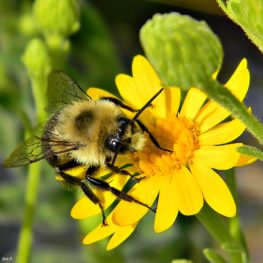 Plants are primary producers and the base of the food chain for all life on the planet. Each type of animal within our watershed, from the smallest bee up to the largest black bear, depends upon the availability of many familiar, native plant species for their survival.
Plants are primary producers and the base of the food chain for all life on the planet. Each type of animal within our watershed, from the smallest bee up to the largest black bear, depends upon the availability of many familiar, native plant species for their survival.
Not only do plants provide food resources essential for all living things, they also protect the quality of water, land and air. Their roots help to keep our soils and streambanks from eroding, their leaves provide food for terrestrial and aquatic organisms, they provide shade to keep our waterways cold and oxygenated, they absorb floodwaters and they filter pollutants from stormwater runoff. Plants also remove carbon from the air, thereby mitigating climate change.
The threat of non-native, invasive plants
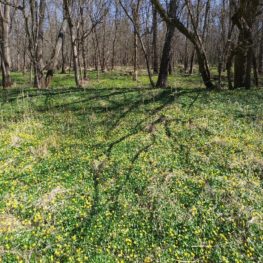 Not all plants are beneficial. In fact, some newly introduced, exotic species can be impair ecosystem balance. In some places, trees are being choked by invasive vines and forests and meadows are overtaken by invasive shrubs. Non-native species often outcompete native plants. The problem of non-native, invasive species extends throughout the world as newly introduced species impact native flora and fauna on every continent.
Not all plants are beneficial. In fact, some newly introduced, exotic species can be impair ecosystem balance. In some places, trees are being choked by invasive vines and forests and meadows are overtaken by invasive shrubs. Non-native species often outcompete native plants. The problem of non-native, invasive species extends throughout the world as newly introduced species impact native flora and fauna on every continent.
Not every exotic plant is an invasive species. Some even escape cultivation in gardens, blending into the landscape and not spreading. However, the key characteristics of non-native, invasive species that give many of them an edge over native species – and cause billions of dollars in damage every year – are evident: their high tolerance to disturbance and wide range of soil conditions; being unpalatable to native fauna, including insect predators in their novel environment; and their exceptional ability to reproduce both quickly and prolifically. RHA is providing fact sheets on some of the species of non-native invasive species of plants in the Upper Raritan so that you can identify and hopefully control their spread before they become ubiquitous.
Go native!
RHA’s main message about non-native species on your property is “Don’t plant it. Report it. Remove it.” Instead, plant the wide variety of ecologically valuable native trees, shrubs, vines and herbacous plants available from local growers. They are valuable to the health of our wildlife, water, land and air.
The Native Plant Society of New Jersey keeps an updated list of nurseries that sell NJ native plants. You can find their list here.
To report invasives at the state scale using a mobile device: NJISST (New Jersey Invasive Species Strike Team)
To learn about rare, native plants check out this page: https://www.nj.gov/dep/parksandforests/natural/heritage/rareplantprofiles.html
RHA Invasive Plant Fact Sheets:
Look out for these 2 non-native species invading our floodplain forests!
Lesser Celandine |
Japanese Knotweed |
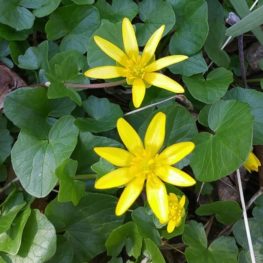 |
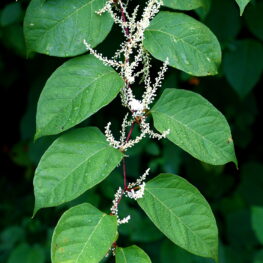 |

